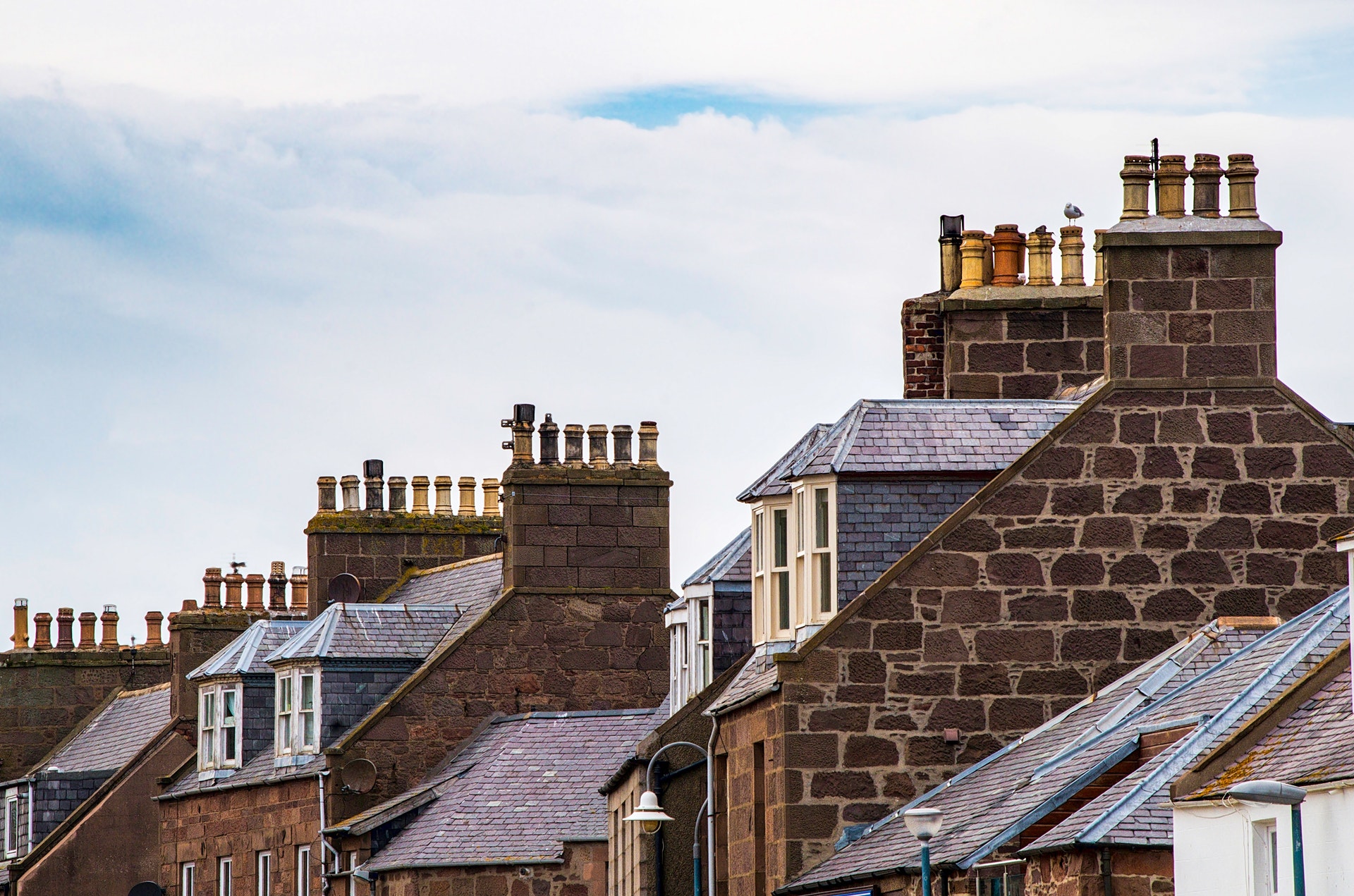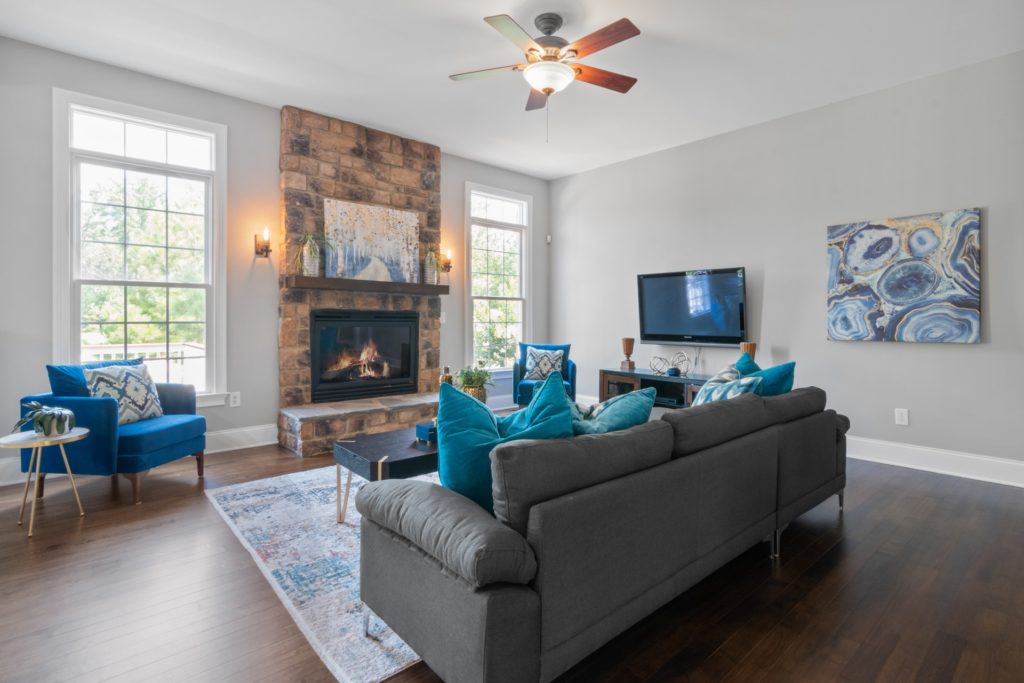
Removing a chimney breast is something that many homeowners choose to have done to their properties. Often seen as an eyesore and a waste of space even when covered over, removing a chimney breast can make a property look much more spacious and more modern, as well as removing many of the complications that can come with keeping a chimney breast, such as capping, repointing, nesting, draught and much more.
With all that being said, however, removing a chimney breast still isn’t the easiest of projects to carry out. While it is far from the hardest, there are still a number of processes that need to be adhered to as well as the project also requiring probably more building work than you’d expect as well, often creating a total cost of up to £4000-£5000 in some cases (although averaging out at around £3000).
Removing a Full Chimney Breast
The majority of people looking into removing a chimney breast are looking to replace the fill thing. Typically, that comes into three different sections. There is the removal of the chimney breast on the ground floor, the first floor, and the chimney stack itself. Although some people choose to leave this as-is for the aesthetic appeal in comparison with the rest of the street.
Removing an entire chimney breast however does often mean that you are removing a largely load-bearing structure, and that can have a larger impact on the rest of the property which needs to be addressed before you actually do anything else. Using an architect or structural engineer, you’ll need to get a full understanding of the exact situation in your property and make sure that whenever changes you make can be structurally accommodating to keep your building safe and legal.
Removing a Chimney Breast Downstairs Only
In some cases, people instead of removing the entire chimney breast will be looking to remove just the downstairs area instead. This is typically because they only need more space in their living room or dining room rather than the bedroom, and it is cheaper than having the entire thing removed. It’s completely understandable.
The good news is that for just the downstairs removal, for the most part, the job is much easier. While you’ll still need to make sure you have the structural support that is needed the workload is of course more than halved and should be done and dusted in under a week for the most part. While it is still just as messy a job, it’s a much easier job with much less effort too.
Removing a chimney of a Terraced or Semi-Detached Property
When removing a chimney of a terraced or semi detached property in some cases may make things more difficult than it would be for a detached property, or than if the chimney was on an outer wall. When removing the chimney that is adjoined to a neighbouring property, in many cases, you’ll need to make sure that their property is safe and structurally sound as well as your own. That is on top of also having to gain the necessary permissions to make the whole thing above board.
The most common types of permission that you will need when you are removing the chimney breast that is attached to a neighbouring property is a party wall agreement. This will mean making sure that your neighbours are also happy with the work that is being undertaken and agreeing that it won’t cause them any issues. If not, you may have to call off your project. You’ll also need to make sure the quality of the work you’re having done will be suitable for both of you too. A key area of that is sound insulation since you’re removing a large amount of space between the properties.

Chimney Breast Removal Costs
Generally speaking, the costs of removing a chimney breast come to around £3,000-£4,000. That is the average job on the average property without any special or unusual circumstances, and even this is just a rough figure.
If you need to hire a structural engineer for a longer time than this, use any unexpected materials or work, hire builders for a prolonged time, or even need any special planning requirements then this could go up to as high as £6000-£7000, but this is in very rare cases.
Permissions for Removing a Chimney Breast
Removing a chimney breast is lucky in the sense that in most cases, it won’t require planning permission. It is a prime example of work that can be undertaken using your permitted development rights alone. While it may be wise to get a certificate of lawful development from your local council to prove the work didn’t require planning should you need to for resale purposes or for insurance.
While this is a good general rule of thumb, like all things architectural and planning, it doesn’t mean that everyone is subject to the same good fortune. If you are removing a chimney breast to a property in a conservation area or on a listed building, you will absolutely need to get permission before any work is undertaken. This is a very strictly enforced rule and is something that you need for your work to be done legally.
Does removing a chimney breast devalue a house
One common question that comes from removing a chimney breast is how it will impact the value of the property that it’s carried out on. Many people say that it removes character, others that it adds usable space… It’s not an easy one to generalise.
The most common results of a chimney breast removal to a property are that for older and more characteristic properties like a cottage a period property, removing the chimney may in fact as a whole cause the property to lose some value. For newer properties however where the character is not an important feature, the exact opposite is typically true. While there are exceptions to each, as always, this is a good way to think of things.





